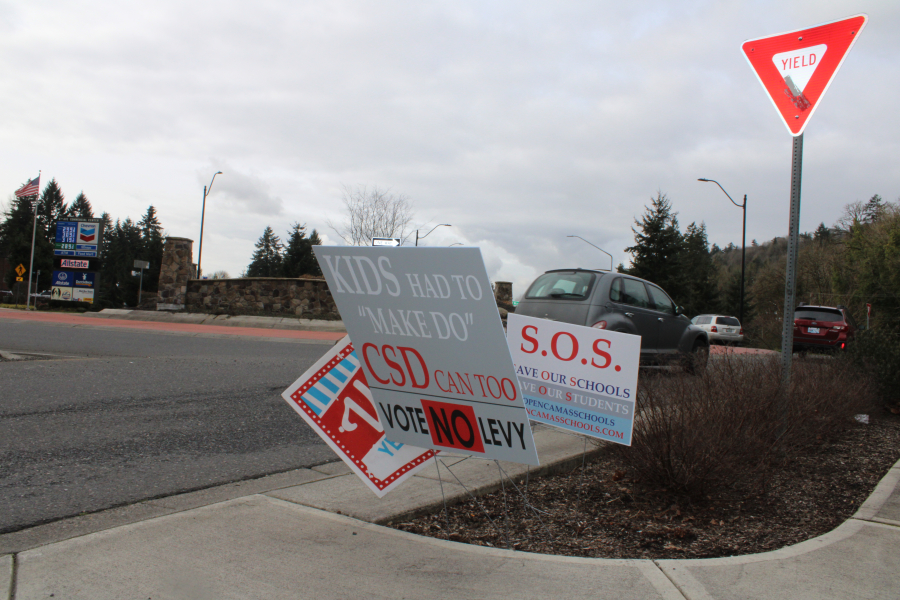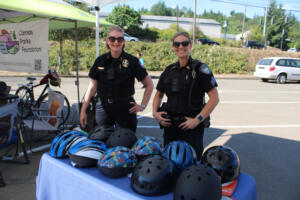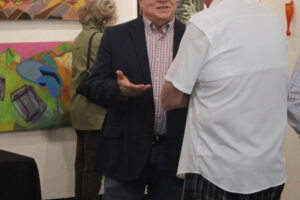Anyone who drives through Camas regularly knows it’s tough to overlook an upcoming election. The city’s busiest roadways and intersections are hot real estate for political signs, but a new proposal being considered by the Camas City Council could limit those signs to areas outside Camas’ traffic circles.
The proposal, which made its way from the Camas Planning Commission to the Council earlier this month, would prohibit temporary signs like those that pop up every election season from being sited in a traffic roundabout or within 150 feet of the roundabout.
Robert Maul, the city’s planning director, has said the proposal to ban temporary signs in and near the city’s two roundabouts — on Sixth Avenue off Highway 14 and at the Lake Road-Everett Street intersection — stemmed from citizens concerned about safety issues.
“During this election season, both roundabouts had a siz=able collection of signs,” Maul told members of the city’s planning commission in November 2021. “We received complaints … that the signs created quite a distraction.”
The proposal came to the planning commissioners in late 2021, as part of the city’s annual process for amending Camas’ municipal code.




